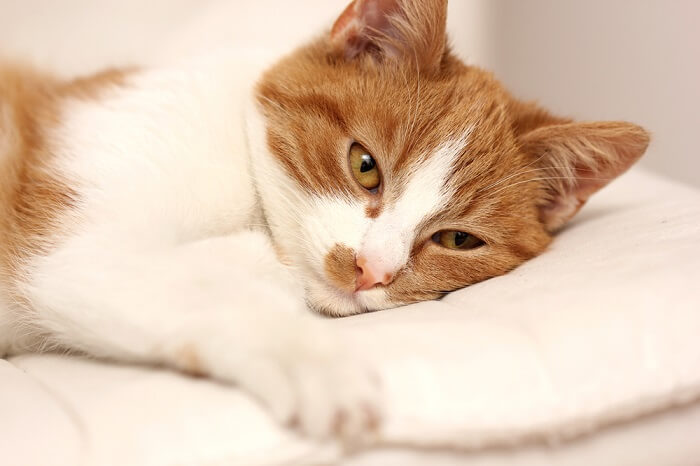
Feline leukemia, also known as FeLV, is a common disease that affects 1-2% of the global cat population, and anywhere from 2-3% of all cats in the United States.
How Is FeLV Transmitted?
FeLV is typically transferred through the exchanging of fluids from already infected cats, such as from bite wounds, nursing, mutual grooming, and litter boxes, as well as from touching noses and using shared feeding areas.
Also, infection rates can be higher for cats that are already sickly or have weakened immune systems, and kittens are often more prone to infection while their immune systems are still developing.
However, when it comes to adopting an FeLV-positive cat, whether you are introducing a new cat into an already existing group of cats, or if you have an empty home, there are some simple and effective precautions that you can take to prevent any further health issues.
Rest assured, even though there is no known cure for FeLV, FeLV-positive cats can live long, happy lives without requiring too much maintenance or extra care, regardless of your living situation.
So, in this article, we will give you some important information about what to expect when adopting a FeLV positive cat, as well as giving you some useful tips about how to provide your FeLV positive cat with what it needs to live a happy and healthy life.
Things To Keep In Mind When Adopting a Felv Positive Cat
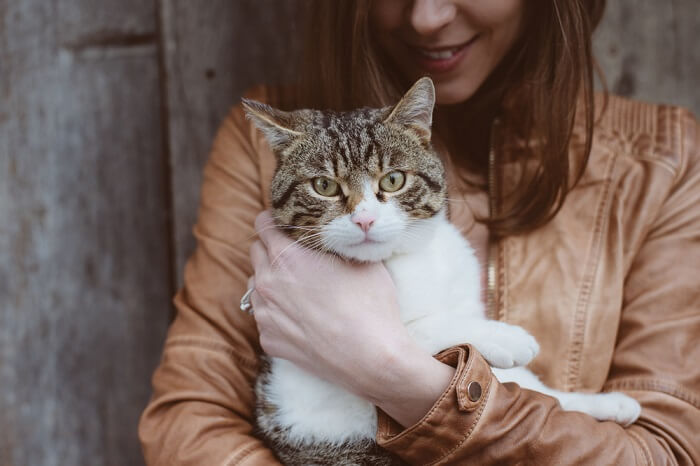
Adopting an FeLV-positive cat requires a few considerations, but your life together can be just as happy and healthy as one with an uninfected cat.
And, remember, all cats have their own unique personalities, so you may have to do some experimenting to discover what works best for your cats, and what works best for you. Still, FeLV cats can enhance almost anyone’s life, and you can definitely enhance the lives of the FeLV-positive cats that you adopt.
Felv Cats Can Live Long, Happy Lives
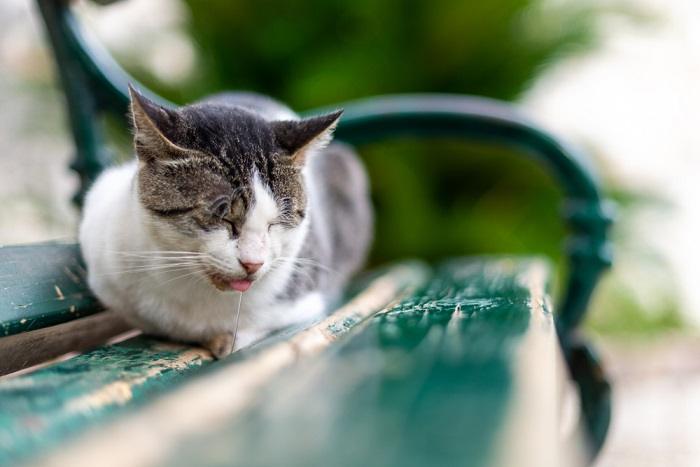
Even though FeLV has no known cure and can shorten the lifespan of cats, that doesn’t mean that FeLV-positive cats can’t live for several, enjoyable years once they are adopted. Typically, FeLV cats don’t require any special attention or constant medicating and can live their lives in the same manner as unaffected cats.
FeLV weakens a cat’s immune system, which can eventually lead to additional infections and other health problems down the road, but it is still a disease that can be easily managed.
Providing your FeLV cat with the proper environment is key to its health and longevity, but there is usually no need to get too overbearing about it. To put it another way, FeLV-positive cats don’t know that they are infected, and want to live happily like all other cats.
Felv Cats Need a Healthy and Balanced Diet
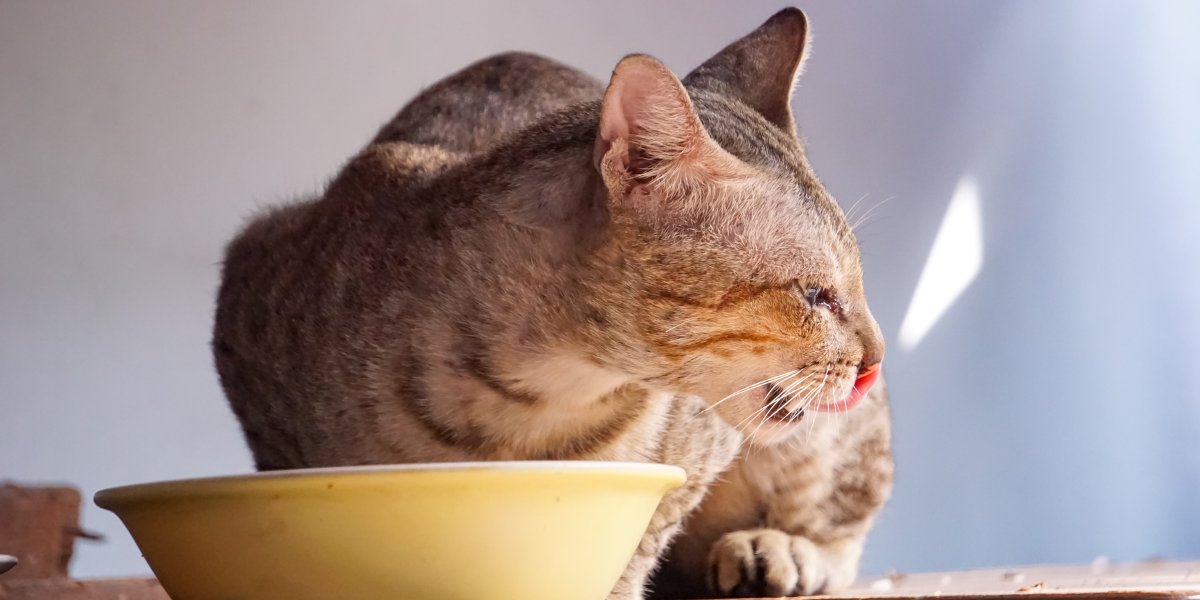
Just like all cats, FeLV-positive cats require a healthy and balanced diet to help keep their immune systems as strong as possible. Making sure that your FeLV-positive cat is receiving the right nutrients is essential to its well-being, and something that should not be overlooked. And, just like all animals, a healthy and balanced diet is an important aspect of their daily lives.
So, don’t cut corners when it comes to feeding your FeLV cat. Provide your FeLV positive cat with high-quality dry and wet foods, and be sure to dispose of any uneaten wet food promptly to prevent any harmful bacteria from growing. Lastly, be sure to give your FeLV cat access to a steady supply of clean, fresh water at all times.
Felv Cats Need Regular Veterinarian Visits
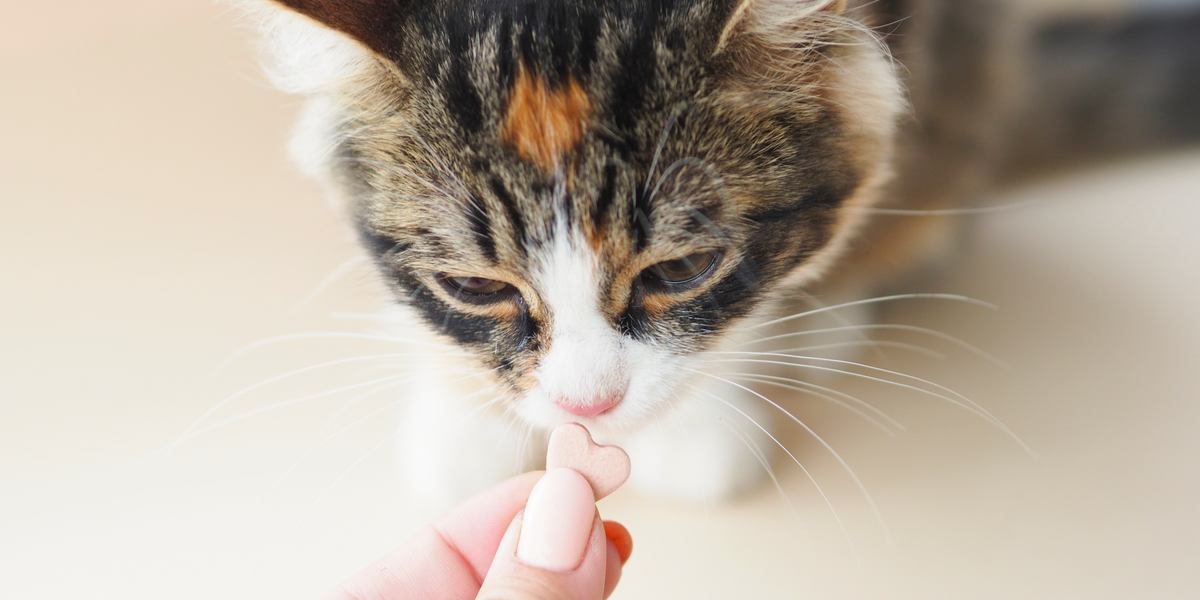
It’s a very important aspect of cat ownership to take your cat to see a veterinarian regularly, but FeLV cats need to see a vet more often than non-affected cats. Unaffected cats should see a veterinarian at least once a year for a regular check-up, but FeLV-positive cats should see a vet at least twice a year due to their condition.
Due to their weakened immune systems, FeLV cats can develop other infections and ailments more often than unaffected cats, but these other health conditions are not necessarily a death sentence for your FeLV-positive cat.
Most additional illnesses that stem from FeLV are easily treatable and can be managed without too much trouble or expense. Still, it’s very important to pay attention to any potential signs of additional illness so that they can be treated immediately.
Provide Your Felv Cat With a Healthy Home
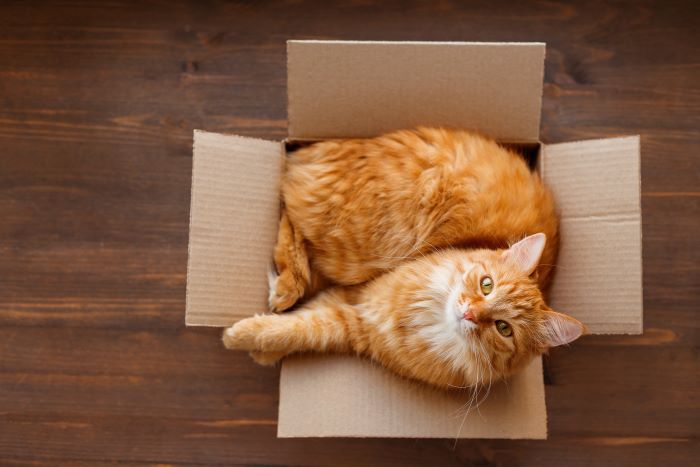
Since FeLV-positive cats are more prone to additional health issues than unaffected cats, it’s important to make sure that their home is a safe and healthy environment. Doing so will help to prevent them from developing any additional side effects of having FeLV, which will contribute to their overall health and longevity.
One of the most important things regarding keeping a FeLV-positive cat healthy is to make sure that they stay indoors at all times. If a FeLV-positive cat is let outside, even for a short while, it can potentially come into contact with other, infected animals, which can lead to it contracting additional diseases and infections.
And, your FeLV cat can inadvertently infect non-FeLV cats in your neighborhood. Also, keeping your FeLV cat’s food and water bowls, toys, bedding and litter box clean is another important aspect to help stave off any additional infections and health issues.
Vaccinate Any Non-Felv Cats in Your Household
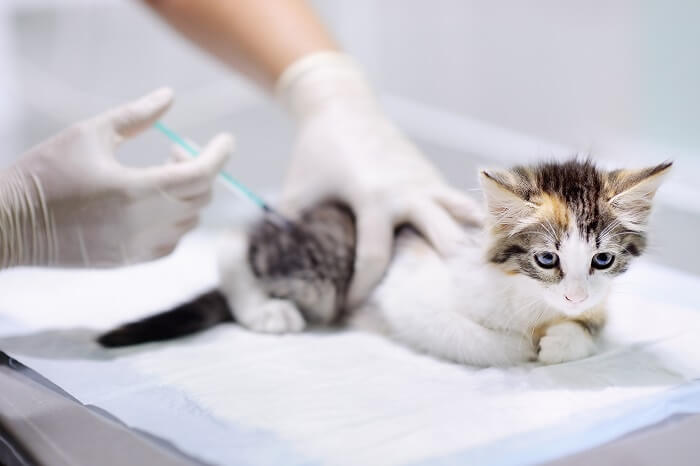
It’s important that all non-FeLV-positive cats in your household are vaccinated against the disease.
FeLV can be spread in several different ways; such as through shared food and water bowls, communal litter boxes, mutual grooming, nursing, bite wounds, and even from simply touching noses.
Basically, anything that involves the exchanging of bodily fluids can potentially cause unaffected cats to be infected by a FeLV cat. So, it’s especially important to be mindful when introducing a FeLV cat into a home with unaffected cats.
You can easily get your unaffected cats vaccinated against FeLV by a veterinarian, typically at a very reasonable cost. Doing so will help to prevent a potential outbreak and also help to alleviate any additional problems for you or your cats down the road.
Keep in mind that vaccinations may require more than one trip to the vet, and a new, FeLV cat may need to be quarantined from your other cats for anywhere from three to five weeks at first. However, FeLV is a disease that is unique to cats, so there’s no need to worry about getting vaccinations for any other types of animals that you may have, or even for yourself.
Felv Cats Should Not Breed
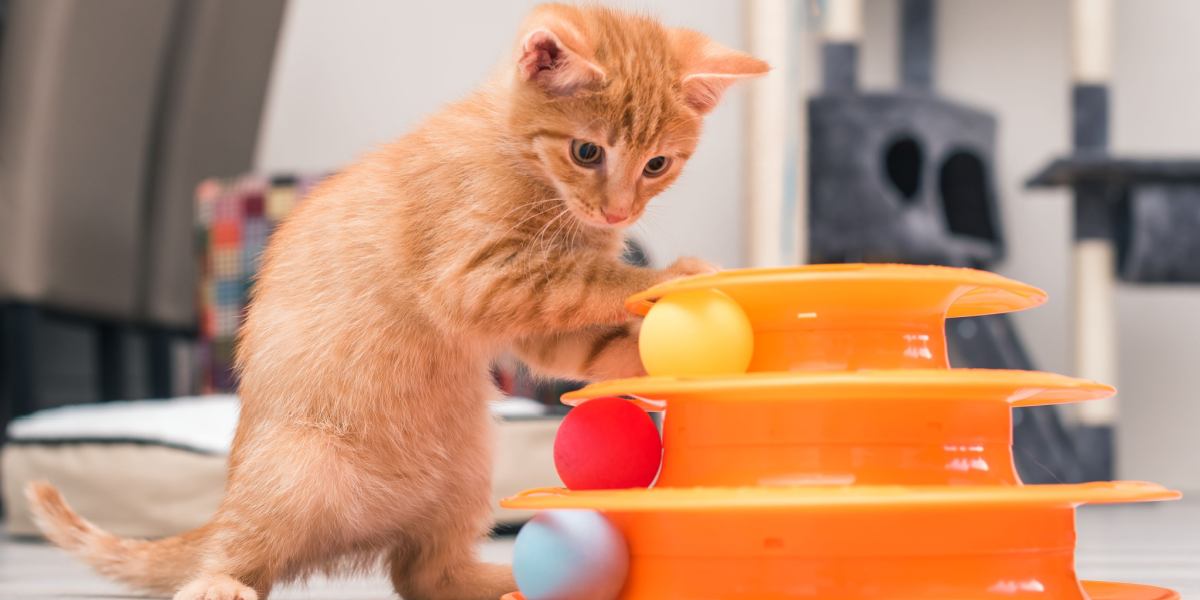
It’s a good idea to get all of your cats spayed or neutered in the first place, and this is especially true when it comes to FeLV cats. If FeLV cats produce kittens, they will most likely pass along the disease through genetics or nursing, which will only continue to spread the infection among the feline community.
But, getting your FeLV positive cat spayed or neutered before (or soon after) you adopt it will be another way for you to prevent additional feline health issues in your home. FeLV cats don’t need any special treatment when it comes to getting them spayed or neutered, so check with your local veterinarian, shelter, or rescue organization and have your FeLV cat fixed as soon as possible.
Final Thoughts
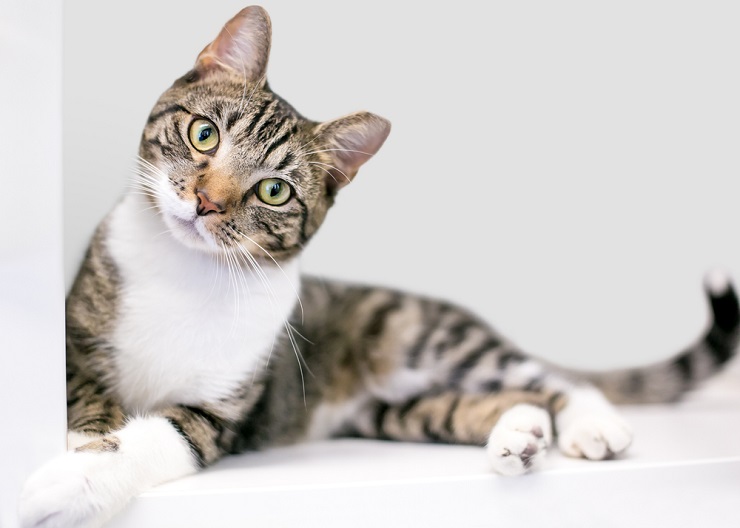
FeLV cats can live very happy, healthy, and long lives, and don’t need very much extra attention to do so. However, there are a few important things that adopters should definitely prepare for before adopting to ensure that they remain healthy and to increase their longevity and quality of life. With the right food, home environment, and medical care, FeLV-positive cats can enjoy very fulfilling lives, just like all cats.
Frequently Asked Questions
Can felv positive cats live with other cats?
FeLV can be easily spread among cats, so if you have other cats in your home who are not FeLV positive, make sure that you have them vaccinated to prevent a potential outbreak.
What is the life expectancy for an felv positive cat?
For a persistently infected cat, the prognosis is very guarded. In one study FeLV infected cats survived on average around 2.5 years after their infection was diagnosed, compared with around 6.5 years for similarly aged uninfected cats.



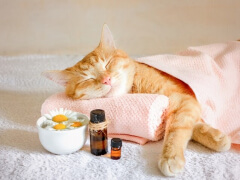
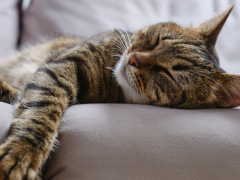
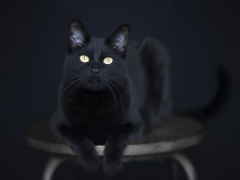

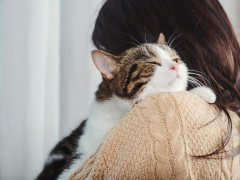
Thanks for this information. We just lost our boy of almost 11 years and want to adopt another one soon. I was wondering what this FeLV was and so decided to google it. This helps us to make a better decision on if we want to adopt one with or without this virus. I also looked at the other virus, FIV. This is also very interesting information. We, my wife and I want to make the best decision on helping these little guys. What they go through in their short life span. We have had many animals over the years and love them all.
Thanks again for the great information.
Great information ❤️
That’s so great that you enjoyed the article and found it helpful and optimistic! Adopting a FeLV cat may seem daunting, but having owned several over the years, the experience is almost no different than bringing home a non-FeLV cat. Granted, FeLV may shorten a cat’s lifespan but, as mentioned in the article, if you provide your adopted feline with a healthy diet and a loving home, you can both thoroughly enjoy your time together, however long (or short) it may be. Thanks again for your comment, and I wish you the best of luck if you choose to adopt a FeLV cat.
This was very well-written, informative, and OPTIMISTIC. Thank you so much.
Yay! So glad to hear that you appreciated it.